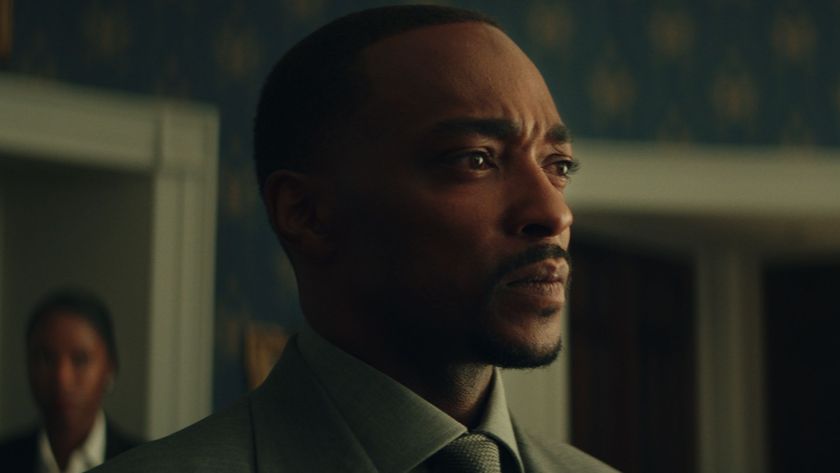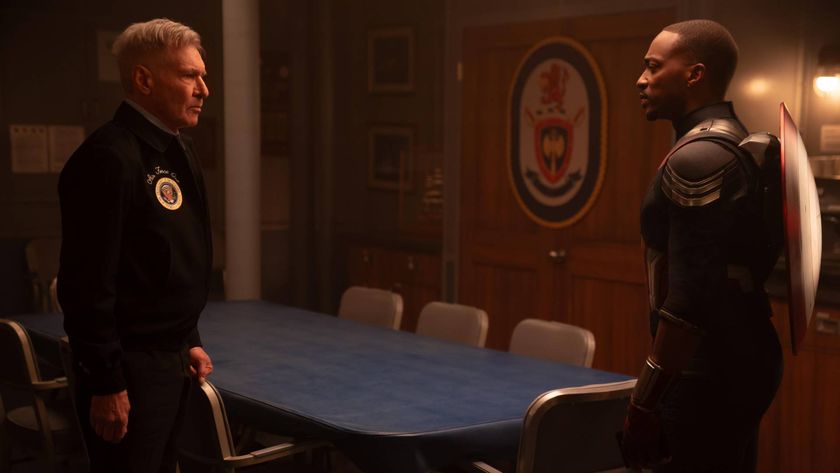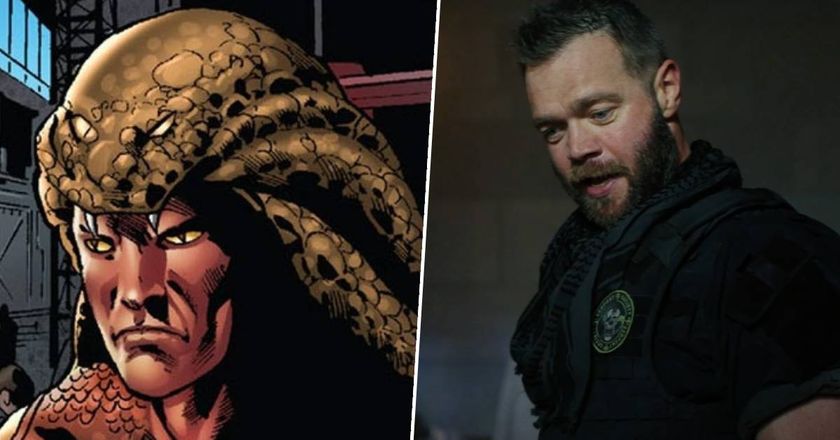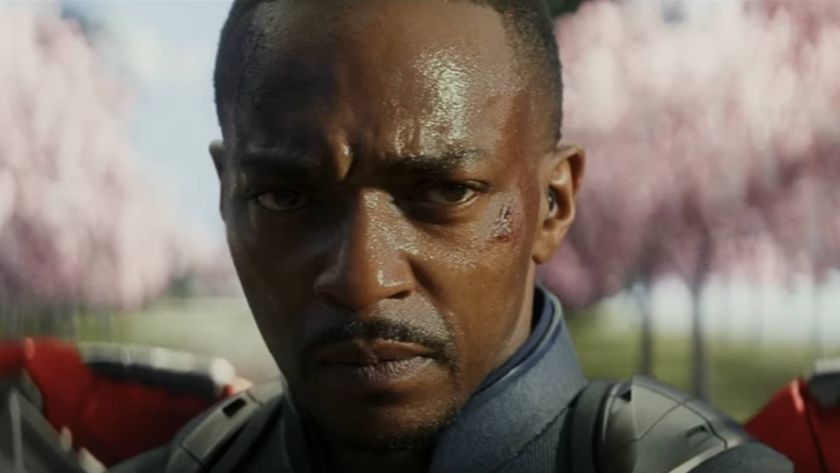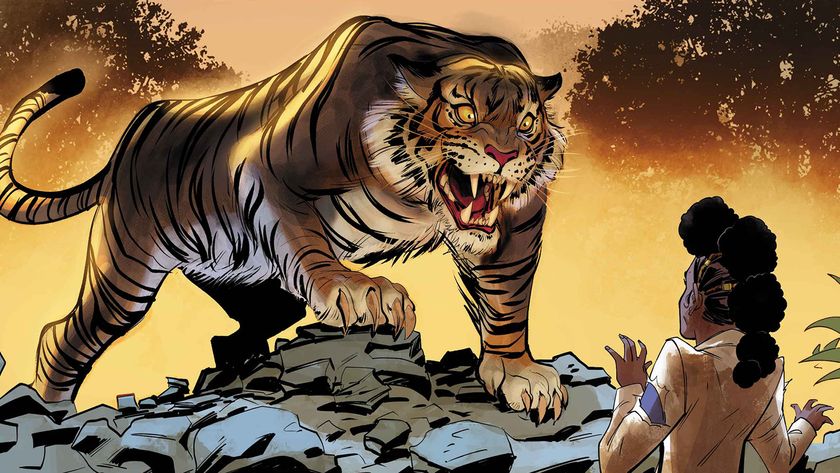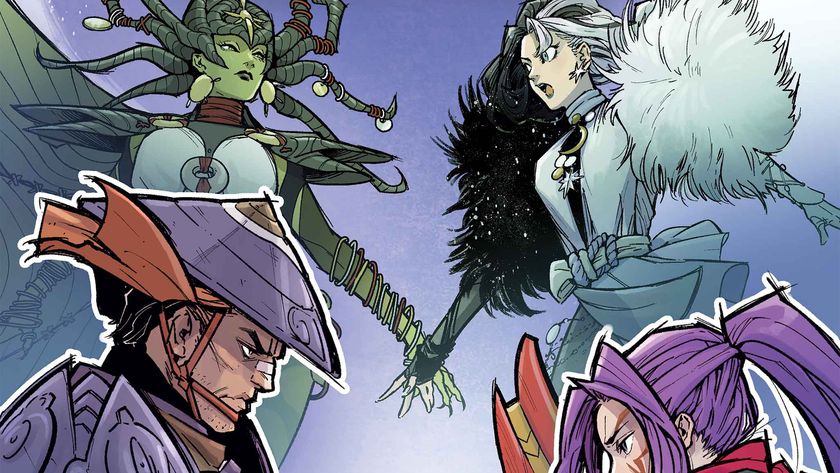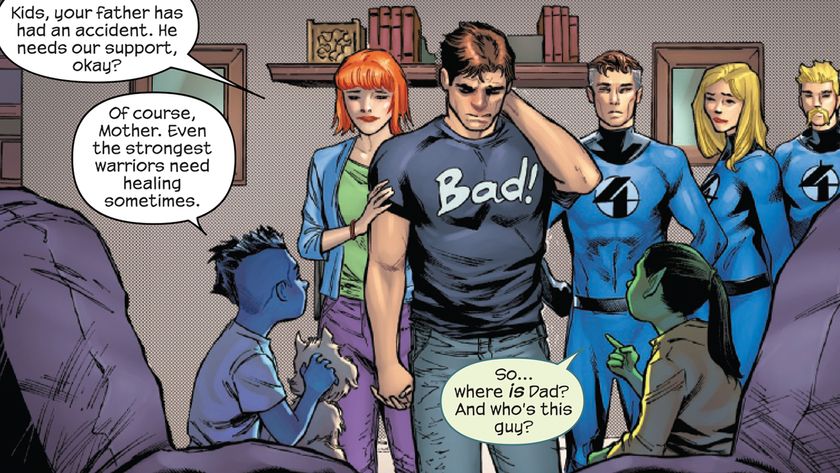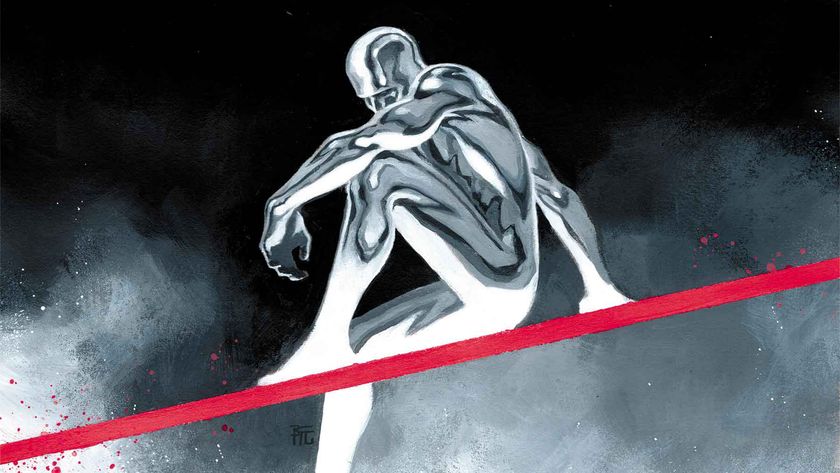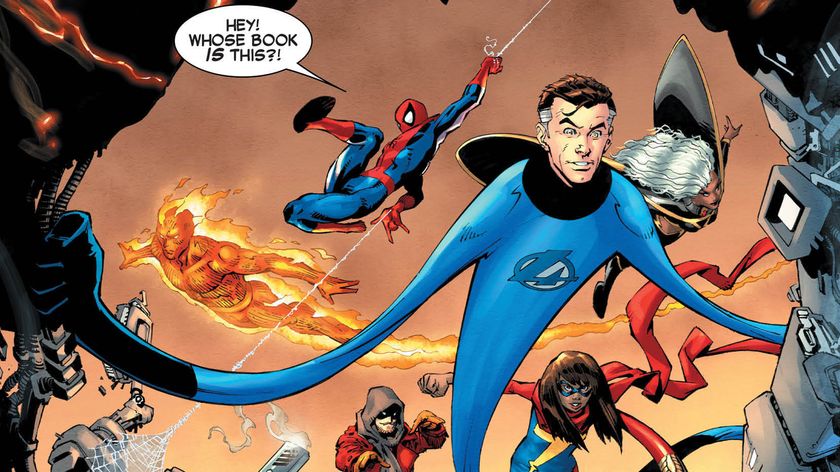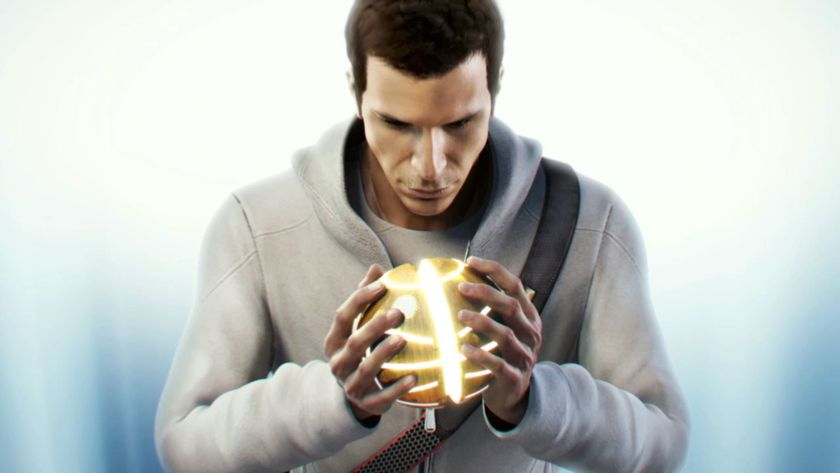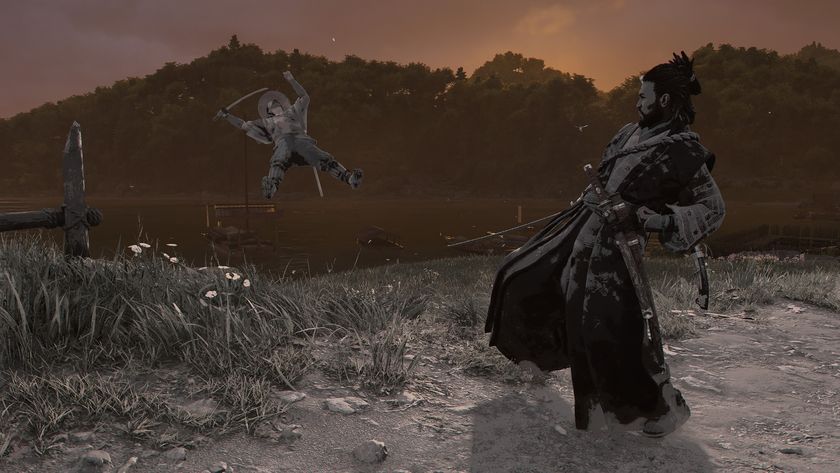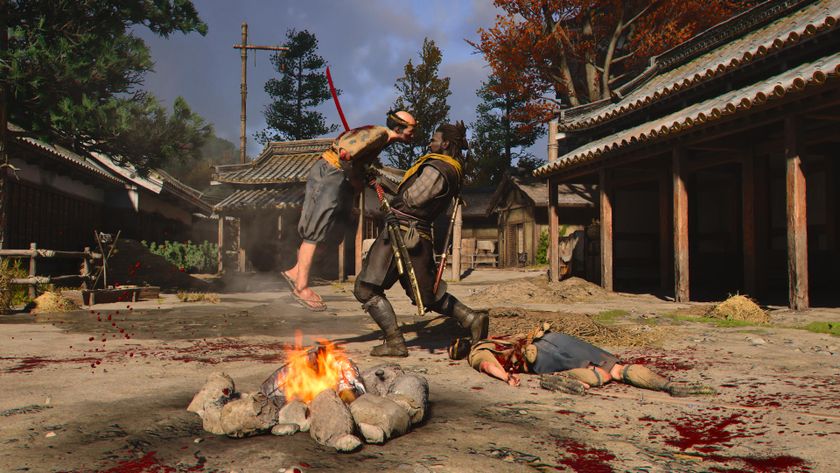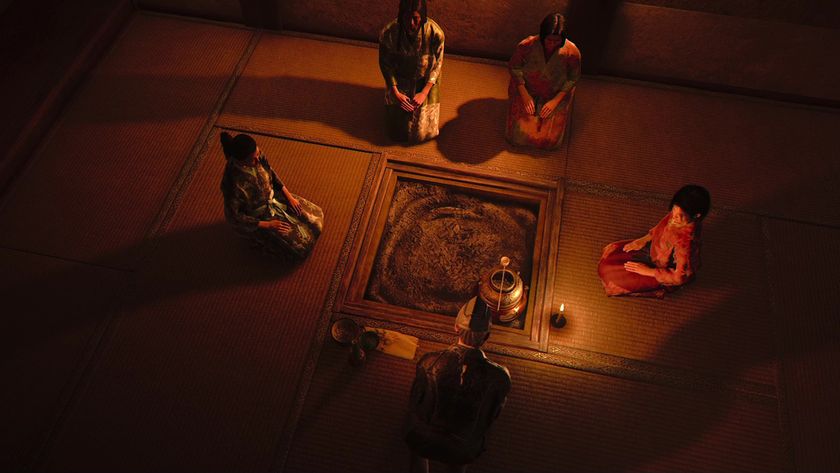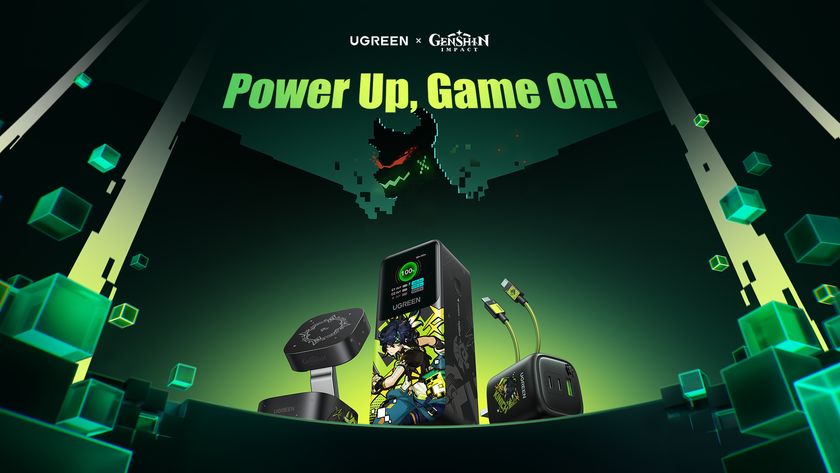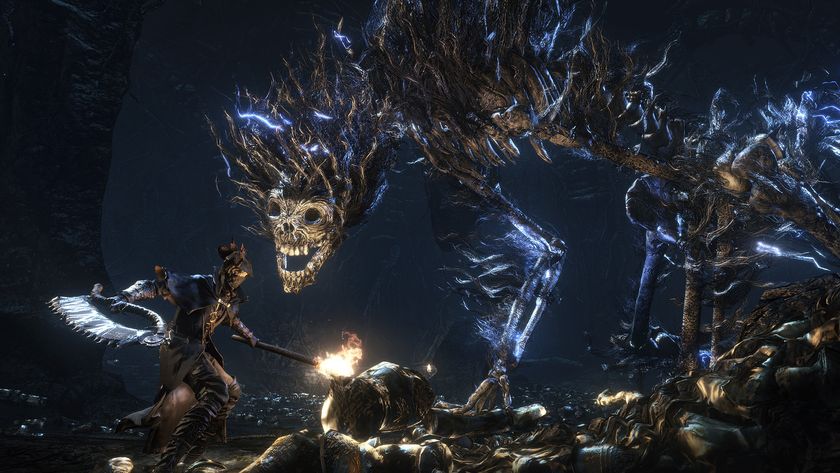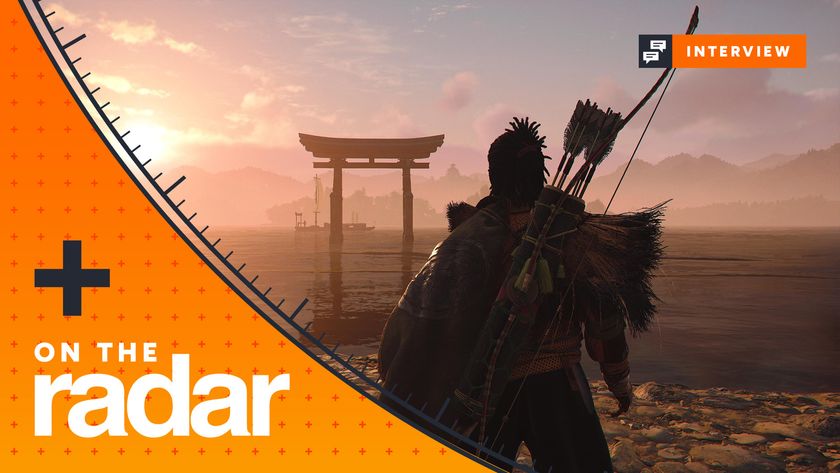What is Vibranium, Marvel's super strong metal?
Captain America's shield is made of Vibranium, which is the foundation of Wakanda's economy
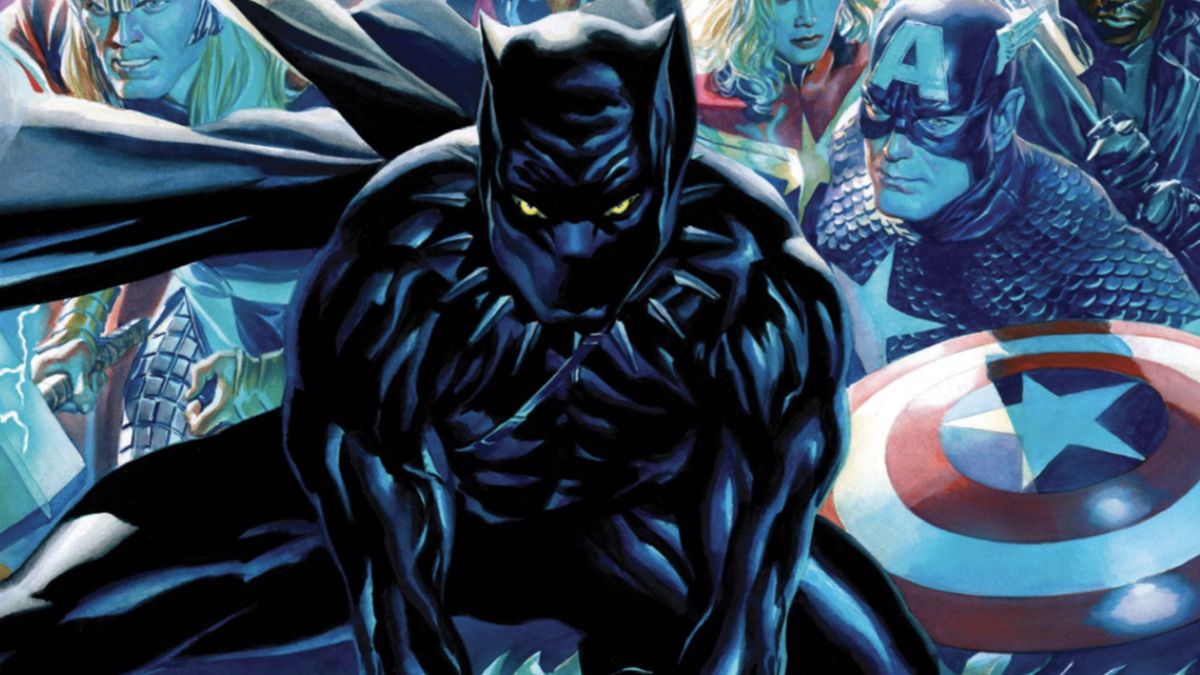
In the Marvel Universe and the MCU, there's no stronger naturally occurring metalloid than Vibranium - but what exactly is the magnificent substance?
Some of the most potent weapons in Marvel canon are made of Vibranium, including Captain America's iconic shield and Black Panther's suit. It made its MCU debut alongside Steve Rogers in 2011's Captain America: The First Avenger, and it's taken on an even larger role since its source was explained in 2018's Black Panther.
Because of its connection to Black Panther's ancestral homelands and tech, Vibranium will definitely feature in the upcoming Black Panther: Wakanda Forever, and it will surely continue to be a mainstay of the MCU just as it has been in Marvel Comics.
Here's what you need to know about this rare metal.
What is Vibranium?
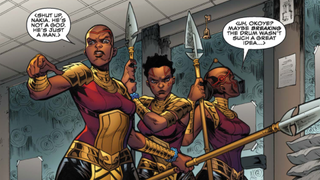
Vibranium is a powerful metal that can absorb, store, and release large amounts of kinetic energy. In Marvel Comics lore, true Vibranium can only be mined in Wakanda, which is the primary reason the isolated nation has built such a strong economy.
Vibranium is widely sought by villains and heroes alike, and it's used for some of the most incredible weapons in the Marvel Universe.
Adamantium, a metal alloy used by superheroes like Wolverine (his skeleton and claws are sheathed in it) and supervillains like Ultron, includes Vibranium in its formula and has been depicted in Marvel Comics as the world's strongest substance, but it has not made an appearance in the MCU as of yet.
Comic deals, prizes and latest news
Get the best comic news, insights, opinions, analysis and more!
Vibranium first appeared in 1966's Daredevil #13, written by Stan Lee and drawn by John Romita, and it's depicted as being able to cut through any other metal with ease by liquifying it. However, this is later revealed as the Antarctic Vibranium variant, dubbed 'Anti-Metal,' which is native to the hidden prehistoric Antarctic region known as the Savage Land.
There are four Bibranium variants in total, but what we refer to as simply 'Vibranium' comes from Wakanda. This type, which is the most common, first appeared in 1966's Fantastic Four #53, by Lee and Jack Kirby. Wakandan Vibranium can absorb sound in addition to its kinetic properties.
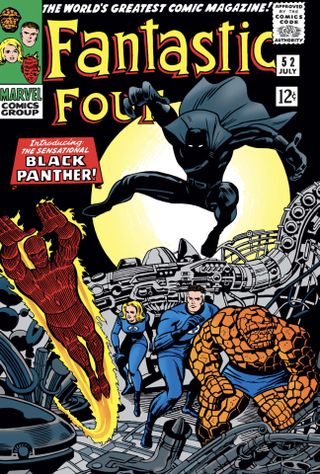
Wakandan and Antarctic Vibranium are also mutagens that can alter the cellular properties of living things like humans, flora, and fauna. That's how the Heart-Shaped Herb that must be consumed by Wakandans to gain the powers of the Black Panther gained its transformative properties. And last but not least, Vibranium can enhance mystical energies.
The other two variants of Vibranium are known as "artificial" and "living." The former comes in two forms: NuForm, an alchemic blend created by the Roxxon Corporation in Iron Man #121 (1979), and Reverbium, a more dangerous version created by Professor Sajani Jaffrey at Horizon Labs in The Amazing Spider-Man #648 (2010).
Living Vibranium is a naturally occurring, sentient metal discovered in the echo caves of the Dora Milaje by famed Wakandan scientist and Wakanda University professor Obinna Nwabueze in Black Panther: Long Live The King #5 (2017). The Dora each take some of it into their bodies when they join the king's personal guard, in addition to creating their weapons from the material to harness its power.
In terms of how Vibranium appears in the Marvel Universe, the most famous example is Captain America's shield, which was made through a unique smelting process that has yet to be recreated. That concept plays into the current Captain America: Sentinel of Liberty title, as does the origin of the Vibranium that made the shield itself - which was given to Steve Rogers personally by T'Chaka, T'Challa's father.
The MCU partially recreates this origin, with Steve Rogers' shield having been made in a top-secret Vibranium smelting process, just like in comics. And everyone who's seen Black Panther will be familiar with Vibranium as the source of Black Panther's tech and the larger wealth of Wakanda - and with Ulysses Klaw's obsession with the rare metal, all of which come straight from comics.
Black Panther: Wakanda Forever villain Namor has a long comic history with T'Challa and Wakanda.

Samantha Puc (she/they) is an editor at Newsarama and an avid comics fan. Their writing has been featured on Refinery29, Bitch Media, them., The Beat, The Mary Sue, and elsewhere. She is currently pursuing a Master of Fine Arts degree in creative nonfiction at The New School.
